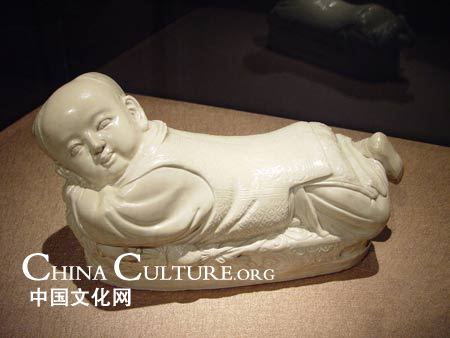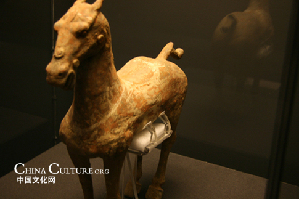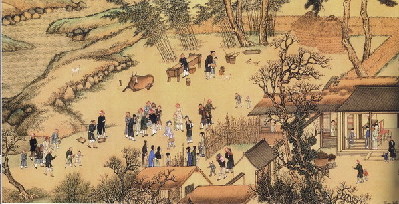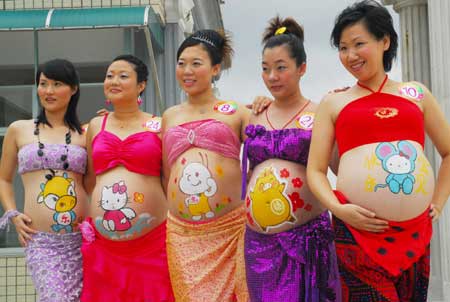| Home > Living in China > Art |
College Students Preserve China''s Lost Art Leading Up To Beijing Olympics
As China showcases its rapid modernization at this summer's Beijing Olympics, an international group of college students is trying to preserve the country's rich heritage.
They created ChinaVine, a project that places vanishing Chinese art forms and village life on the Web. Its online videos offer a glimpse of traditional shoe and kite makers, gourd carvers, woodblock painters and more, with detailed stories, descriptions and photos. ChinaVine aims to preserve Chinese folk culture for a modern, English-speaking audience.
During the past year, students from the University of Central Florida in Orlando and University of Oregon have traveled through China, capturing its living folk traditions with goals of preserving and understanding the culture. The project includes a handful of Beijing-based artists the group recently documented -- kite makers, dough figurine artisans and Chinese yo-yo craftsmen -- already performing at the Beijing Olympic Village for the world's athletes.
These and other artists ChinaVine has filmed may also be featured during the Olympics' Opening Ceremony.
The part-research, part-study-abroad project brings together not only U.S. humanities and film students and faculty, but students at the Folk Art Research Institute at Shandong University of Art and Design in Jinan, China. Shandong University of Art and Design has hosted the U.S. students on several occasions and is involved with its own efforts to preserve folk art along with the project.
"I got to work with a team of folk-art experts and was immersed in the study of Chinese traditional culture," said UCF film student Mike Diaz, who spent a semester in Shandong. "It was an overwhelming, life-changing experience."
In all, about 50 students and faculty from the three universities have contributed to ChinaVine and learned from each other's efforts.
"Many Chinese traditions are centered in rural areas where handmade objects maintain their power and meaning," the group writes in its online mission. "As China rapidly becomes an economic powerhouse, young people are moving to urban areas to further their education and establish careers. With this migration to the cities, many folk traditions are no longer practiced. Because folk art is associated with China's national identity and history, it should be celebrated, documented, and preserved."
In today's world, industry is more important than handicrafts, a Shandong college student named "Rhys" wrote to one UCF filmmaker. "Most young people in China cannot do any handcraft works, they know even nothing about folk art," he said.
Watch a brief video about the ChinaVine project on YouTube at http://youtube.com/watch?v=AFjKpzGmT7A .
Art
 more
moreClassic Chinese Handicraft:
Porcelain pillows, as classic Chinese handicraft,

Chinese Treasures Returned from
As witness of Chinese culture and custom, countless treasures

The lost legacy: classical music
Accompany by the long history of China, Chinese classical music

Customs
 more
moreChinese Kungfu
Kungfu Taste: Learn Martial Art in Shaolin Temple
The mention of Shaolin Temple conjures up images of a quiet and
Keet Kune Do will reappears on screen: BRUCE Lee and
The Legend of Bruce Lee is shot by China Central Television
The Road to the Olympic Games for Wushu
Wushu, also called kungfu, martial arts, is attracting more and more




 print
print  email
email  Favorite
Favorite  Transtlate
Transtlate 
